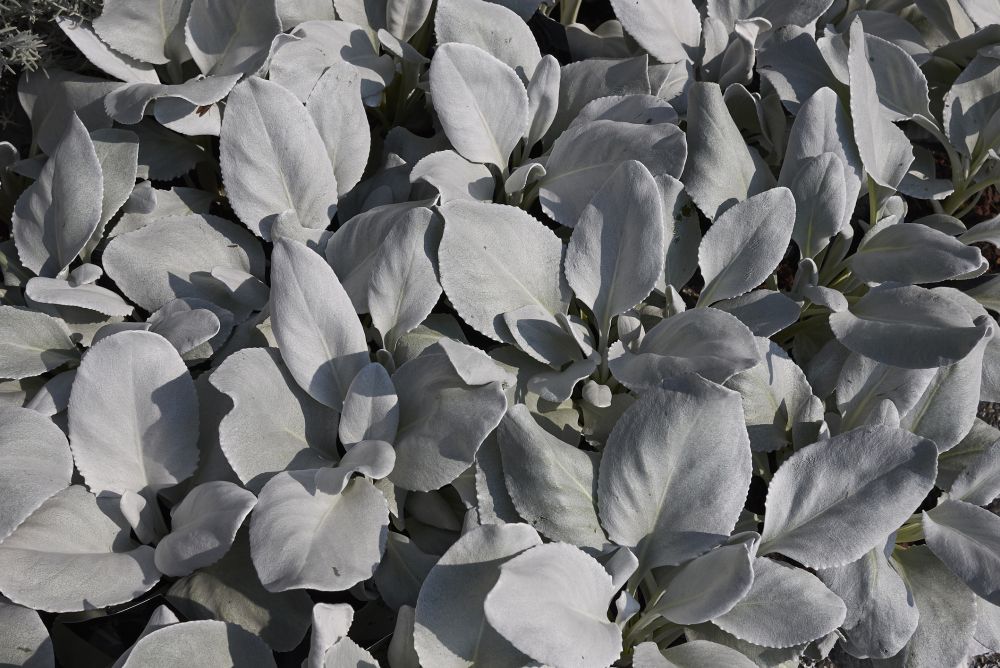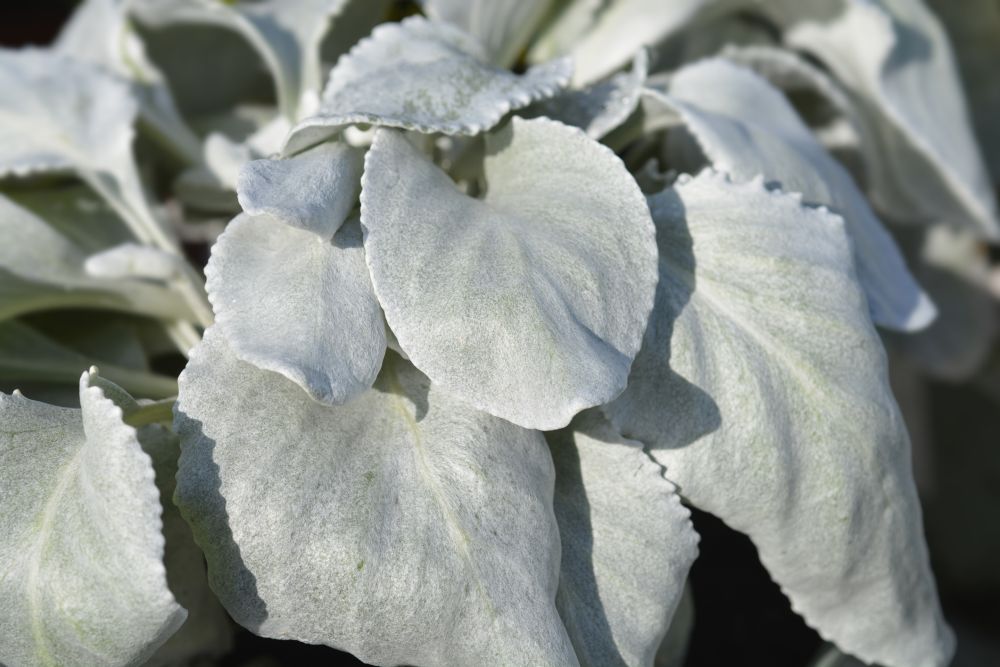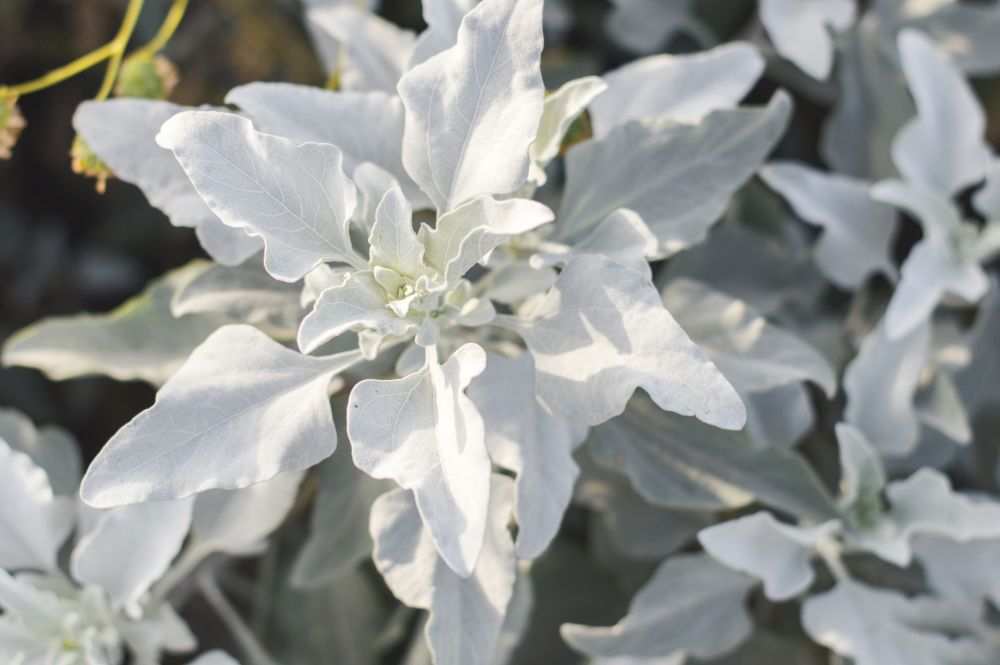Candicans Senecio Plant: Tips on Growing & Caring for the Senecio Angel Wings
The Candicans Senecio, also known as Angel Wings, is one kind of intriguing succulent plant you’d love to adopt. With floppy leaves matching the size of elephant ears and a foamy texture, this drought-tolerant plant is a delightful masterpiece worth growing, especially if you have a well-lit position to place it.
The Angel Wings plant belongs to the Senecio genus and has the life cycle of a perennial, so taking care of it doesn’t require any intricate tips—just like the popular Pickle Cactus, a plant that belongs to the same genus.
More About the Angel Wings Plant
This low-maintenance houseplant is mostly grown for its silvery-white foliage that’s capable of reaching about 10-12 inches tall. It’s no wonder why it has a prepossessing name “Angel Wings”, and stands as the most popular among other varieties in the Asteraceae family. The succulent hails from South America and stays green throughout the seasons. Its broad foliage is perfect for both indoors and outdoors, while the leaves tend to look fleshy even under bare-bones routine maintenance. Other common names for the Candicans Senecio plant include:
- Sea Cabbage
- Senaw
- Marine cineraria
You can use this stunning succulent for ground cover since it somewhat tolerates the full sun, but it would be best to grow your Candicans Senecio under some filtered light. The leaves have a noticeable zigzag pattern on the edges that make the foliage truly sensational and the plant is capable of being treated as an annual when grown in cold winter regions.
Senecio Angel Wings Caring Tips
Flowering & Fragrance
It’s uncommon for most gardeners to grow this succulent for its flowers. In most instances, the foliage is what entices many to adopt the Candicans Senecio plant. But during the summer season, it blooms a few inflorescence flowers with a yellow shade. However, don’t expect the blooms to last forever.
Watering & Feeding
When this perennial flowering plant is at its early sprouting stages, it would need regular watering. Once it hits maturity, you want to slow down a bit on the watering intervals since it will naturally be drought tolerant. You only need to water your Angel Wings when the temperatures are hot and dry, especially during the summer season. And if it’s growing outdoors, you’ll need to water it almost daily when the warm season kicks in.
Try as much to avoid overwatering as it could cause the roots to rot. Wait for the soil to dry up completely before watering your Senecio Angel Wing again. During winter when most of the growth hormones dormant, you need to cut back the watering intervals drastically. Keep the growing pot near the sunniest windowsill to help the topsoil dry up much faster.
Your Senecio Angel Wing plant will need to be fed during a growing season to get lush foliage. Use water-soluble fertilizer with a mid-range nitrogen composition. And it’s often recommended that the ppm needs to fall anywhere between 150 to 200. For light organic feeding, you can use manure tea or fish emulsion. Both offer an instant boost to the overall health of your Senecio Angel plants.
Light & Temperature
The Candicans Senecio enjoys bright light, but with some shade. It’s worth noting that intense heat is likely to scorch the blooms and leaves, leaving you with nothing to cherish about. If you’re looking to grow it indoors, a perfect spot for the growing medium would be a window that’s facing south or west. While it gets the most out of the full sun, filtered light gives this Senecio variety an optimal chance of having an imposing shade on the foliage.
The most suitable temperatures for this flowering perennial range between 21-26 degrees Celsius. And during nighttime, it can tolerate temperatures from 13 to 18 degrees Celsius. If you’re living in an area with USDA hardiness zones 8a-11b, you won’t face too many hurdles tweaking the light and temperature conditions.
When your Candicans Senecio is growing under some partial shade, make sure it gets about 2-4 hours of direct sunlight each day. Most of all, as an annual succulent, it can tolerate bright light up to some point. You just need to be a little careful not to let the leaves get burned by heat from the sun.
Soil & Transplanting
The Candicans Senecio plant doesn’t have any cumbersome soil requirements. It needs to be grown in soil with neutral pH and one that drains water quite fast. A pH range of 6.0-7.0 is totally fine. You can add sand to make it a bit more permeable. If the soil doesn’t drain water effectively, the roots might begin to rot. If your Chandelier plants are growing indoors, wait till the spring season to divide them and repot into different containers.
Repotting every 12-18 months would be perfect since you’ll replace the old soil with one that has revitalized nutrients. On the bright side, it can stay pot-bound for years since it’s succulent in nature and the roots can’t outgrow the diameter of a medium-sized container.
Grooming & Maintenance
There isn’t too much to do when it comes to the plant’s grooming needs. As the Candicans Senecio grows older, the stems might start to hang loose over the growing medium. Wait till it’s early spring to start pruning the stems, so they can be a bit firmer. It’s also worth noting that when the plant is at a tender stage, it will need to be watered a lot more often, to make it rigid and self-supporting. Grow this succulent inside a container if you’re living in a region where there’s heavy rainfall during winter.
How to Propagate Candicans Senecio Plants
You can propagate the Candicans Senecio succulent using cuttings, seeds, or through the division method. If you can’t be a little patient with results, I wouldn’t recommend using seeds since they take a bit longer to germinate. You’ll also need to provide them with a warmer temperature consistently and raise the moisture levels a notch higher.
If there are offsets that have fallen off from the mother plant and grown on the edges of the container, you can also use those for propagation. The best time to harvest the cuttings is during the early weeks of spring and fall. Using stem cuttings, you just need to follow these simple steps:
- Wait for an active growing season to take a few healthy stem cuttings from the mother plant.
- Keep the cuttings somewhere with sufficient air circulation, to give the wounds the perfect conditions for healing.
- Prepare nutrient-rich potting soil that’s well-draining. Don’t miss using the tips discussed right under the soil and transplanting section.
- During the early sprouting stages, keep the rowing medium far from frosting conditions especially if you’re living in an area with cold temperatures.
- Moisten the soil when it feels dry and avoid keeping the soil too soggy.
- If it’s growing indoors, make sure to place the growing medium somewhere with access to at least 4 hours of bright light each day.
Candicans Senecio Care: Common Pests & Diseases
There aren’t any serious threats that this plant is prone to. But you’ll often need to watch out for mealybugs and snails. You also need to regulate the moisture and humidity levels throughout the seasons, to keep the plant from any adverse effects. Most newbie gardeners might get tempted to neglect its watering needs since the plant is somewhat drought tolerant, and that would cause the leaves to appear pale.
You might spot some abrasion marks—usually brown in color—on the leaves if your Candicans Senecio plant is exposed to strong winds for too long. Some blotches might also appear if it’s growing under intense heat. When running the routing maintenance, check out for any greasy residue on the underside of the leaves. That could be a sign of spider mites’ infestation. Snout weevils also tend to leave some dark patches on the leaf axils.
If the leaves seem to experience some distorted growth, it could be as a result of aphids or thrips. These two pests suck the juices of younger leaves and flower stems. A quick remedy for this would be to let any beneficial insects live around the plant or use neem oil on the affected areas.


